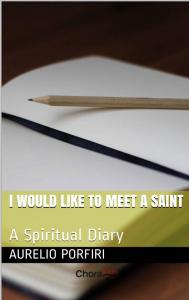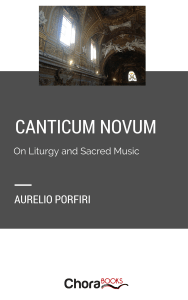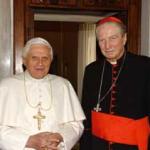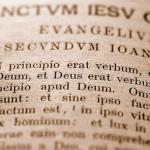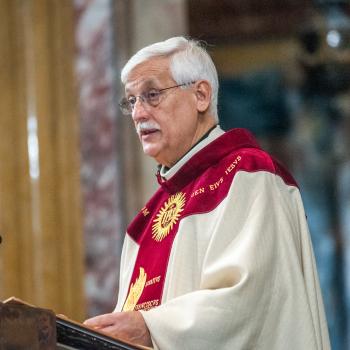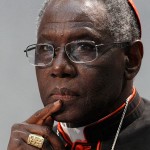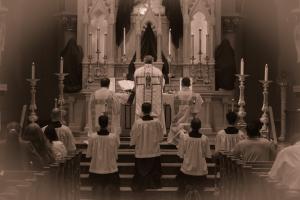 There is a current misunderstanding amongst some Catholics in that those attending the Extraordinary Form (EF) of the Roman Rite are against those attending the Ordinary Form (OF) of the same Rite. Now, on a superficial level and reading here and there it may appear so but the reality is profoundly different. There is a little group that indeed is against the OF per se. But it is a “little group” and not influential. What my experience has shown is that most of the people that support the EF are indeed against the common version of the OF, that is a flawed version of the OF. This particular version, which I will call the Common Form is not an exception but the more common way in which millions of Catholic’s around the world have been conformed into believing that this is the Sacred Liturgy promoted by Vatican II.
There is a current misunderstanding amongst some Catholics in that those attending the Extraordinary Form (EF) of the Roman Rite are against those attending the Ordinary Form (OF) of the same Rite. Now, on a superficial level and reading here and there it may appear so but the reality is profoundly different. There is a little group that indeed is against the OF per se. But it is a “little group” and not influential. What my experience has shown is that most of the people that support the EF are indeed against the common version of the OF, that is a flawed version of the OF. This particular version, which I will call the Common Form is not an exception but the more common way in which millions of Catholic’s around the world have been conformed into believing that this is the Sacred Liturgy promoted by Vatican II.
Often I have heard self-proclaimed “traditionalists” (I seriously question this definition) saying they have recognized that when the OF is properly celebrated, with the appropriate music and without unrecognizable things happening, there is a reverence and dignity present that makes them feel more comfortable.
I know several priests that celebrate the OF with great reverence and dignity and who prefer proper Sacred Music for the Mass but this is not the normal way most of the Catholic world experiences Sunday Mass in the OF.
I argue that the conflict is not between the Ordinary and Extraordinary Forms (abuses may be happening also in the Extraordinary Form), but between the Extraordinary Form and the “abused” Ordinary Form.
Certainly there are differences between the two Forms and no one says that the way the most recent one was reformed is perfect. But when celebrated with dignity, even using Latin and polyphony, it is really not as disturbing as the liturgies that we experience in most of our parishes.
So I would say that there are indeed, de facto, three Forms: the Extraordinary Form, the Ordinary Form and the Common Form of the Roman Rite. It is the Common Form that is most misleading interpretation of the reforms from Vatican II. So, most often, “traditionalists” people are not against the Ordinary Form, but against the Common Form and with very good reasons.
SELECTED BOOKS (IN ENGLISH) BY AURELIO PORFIRI ON AMAZON.COM
Please click on the book cover
I would like to meet a Saint: a Spiritual Diary
Canticum Novum: On Liturgy and Sacred Music
Writing on Water: Letter to a Chinese parent on music and education

